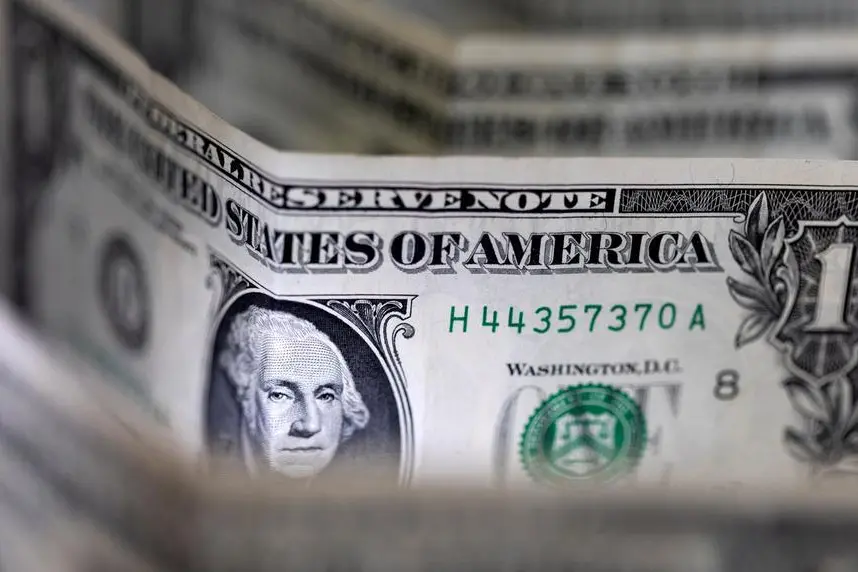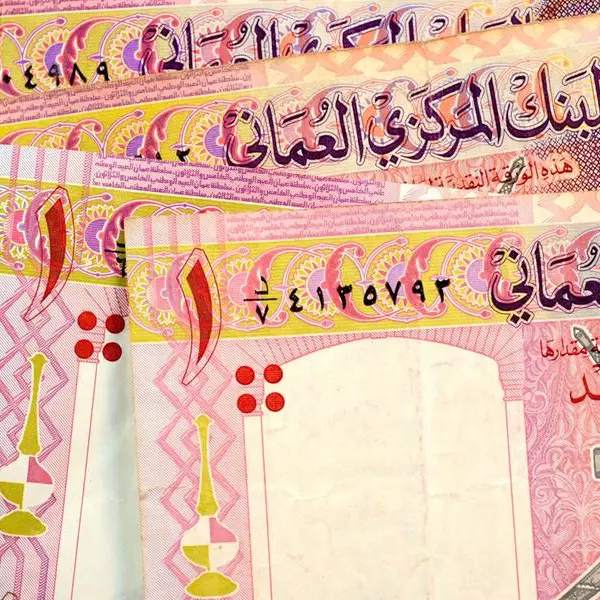PHOTO
NEW YORK - The U.S. dollar rose on Friday after data showed inflation grew in March, though at a slower pace, keeping the Federal Reserve still firmly on track to raise interest rates at next week's monetary policy meeting.
The yen, meanwhile, fell across the board, after the Bank of Japan said it would maintain ultra-low interest rates as expected, and unanimously decided to make no changes to its yield curve control (YCC) policy.
The Japanese currency plunged to its lowest since September 2008 against the euro, and its weakest level in seven weeks versus the dollar.
The euro was last up 1.5% against the yen at 150. On the week, Europe's single currency rose 1.8%.
The dollar, on the other hand, last traded 1.7% higher at 136.235 yen, posting a weekly gain of 1.6%, its best weekly performance since late February.
The dollar index, a measure of the greenback's value against six major currencies, rose 0.2% to 101.65 .
Friday's data showed the personal consumption expenditures (PCE) price index edged 0.1% higher in March after rising 0.3% in February.
In the 12 months through March, the PCE price index increased 4.2% after climbing 5.1% in February.
Excluding the volatile food and energy components, the PCE price index inched up 0.3% after increasing at the same rate in February.
The so-called core PCE price index gained 4.6% on a year-on-year basis in March after rising 4.7% in February.
The Fed tracks the PCE price indexes for its 2% inflation target. "You probably need a much bigger slowing in the growth rate to get the Fed comfortable that it’s succeeded in its mission; it's not there yet," said Joseph Lavorgna, chief U.S. economist at SMBC Nikko Securities in New York. "It doesn't change the outlook (for policymakers next week)."
Following the inflation data, the rate futures market has priced in a 90% chance of a 25 basis-point hike next week.
A separate report on Friday showing the final University of Michigan consumer sentiment reading of 63.5 in April, up from a three-month low 62 in March, added to dollar gains.
U.S. consumers' one-year inflation outlook was 4.6 this month from 3.6 in March, further underpinned rate hike expectations, boosting the dollar as well.
The euro, meanwhile, slipped 0.1% against the dollar to $1.1017.
Economic data painted a mixed picture for growth and inflation across the euro zone, raising uncertainty around the size of the European Central Bank's expected interest rate hike next week.
Preliminary data showed gross domestic product in the euro zone expanded by 0.1% in the first quarter, below expectations in a Reuters poll for 0.2%.
The single European currency had fallen much more earlier in the session, but trimmed losses as investors sold the yen against the euro. That spilled over to the euro/dollar cross. "We think the balance of probabilities is gradually shifting in the dollar's favour," wrote Jonathan Petersen, senior market economist at Capital Economics in a research note.
"The 'goldilocks' regime of stronger activity data outside of the U.S. seems to be fading, and we anticipate the dollar benefiting from safe-haven demand once the global growth picture starts to deteriorate more substantially in coming months."
(Reporting by Gertrude Chavez-Dreyfuss; Additional reporting by Herb Lash in New Yoek, Joice Alves in London and Rae Wee in Singapore; Editing by Andrew Heavens, Andrea Ricci and Jonathan Oatis)





















